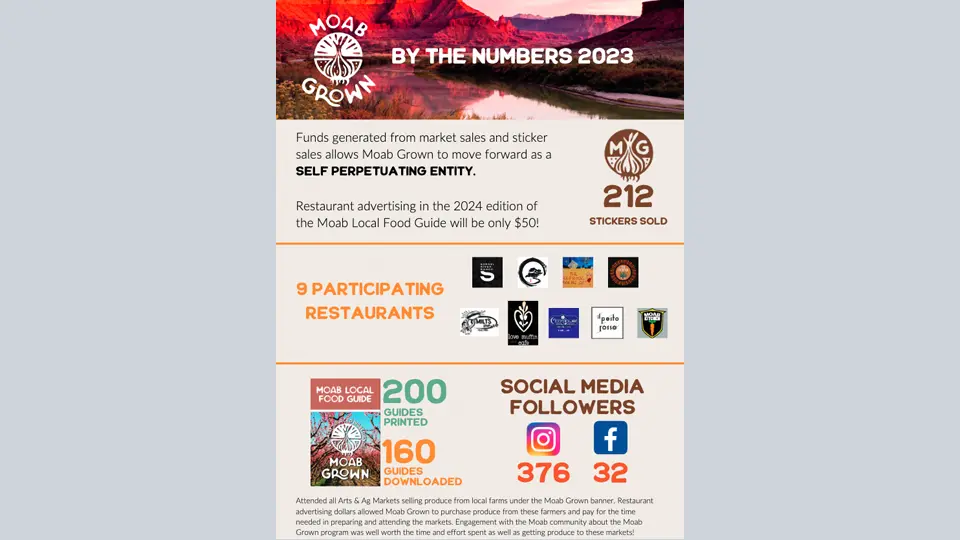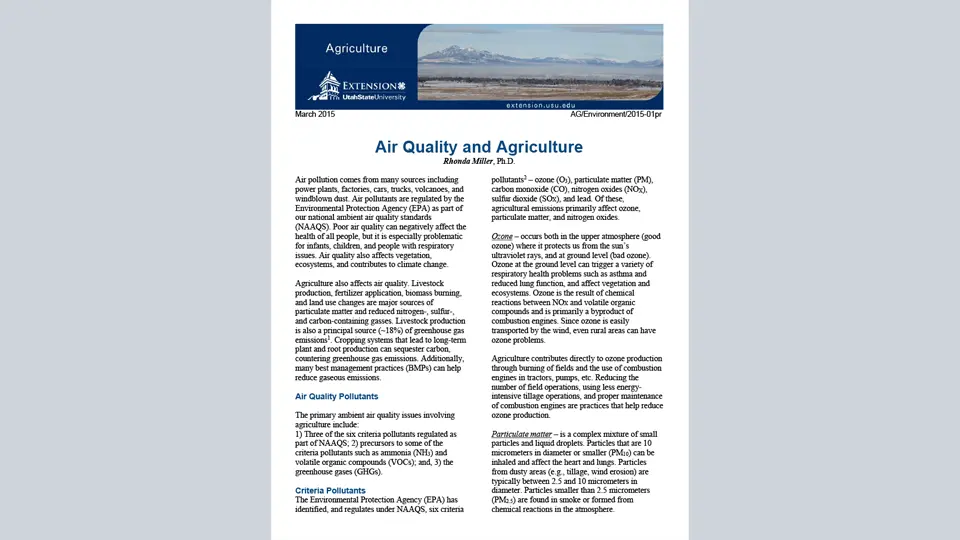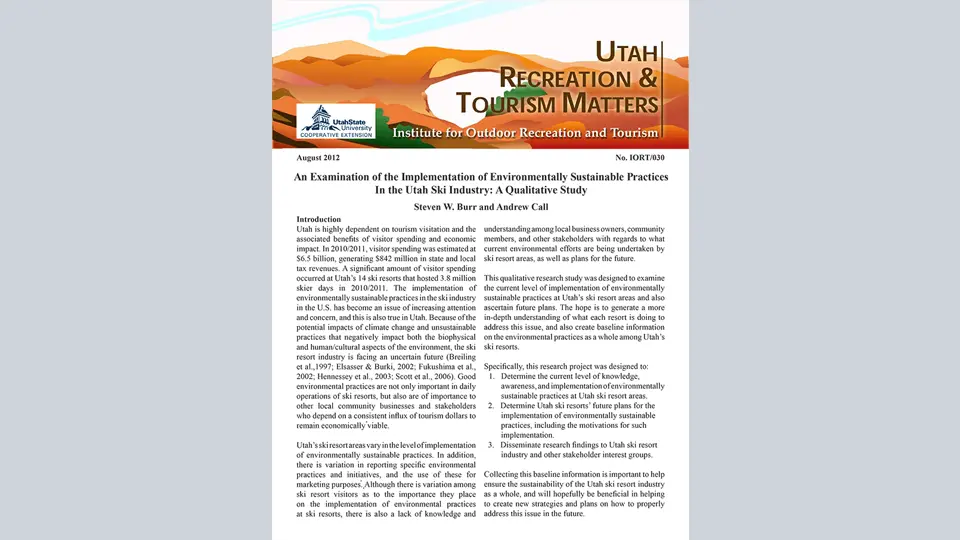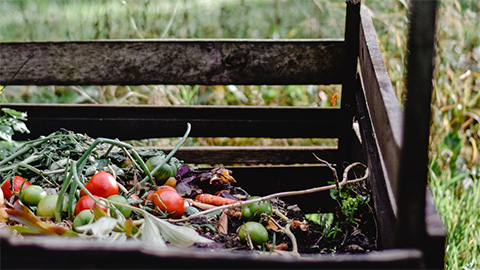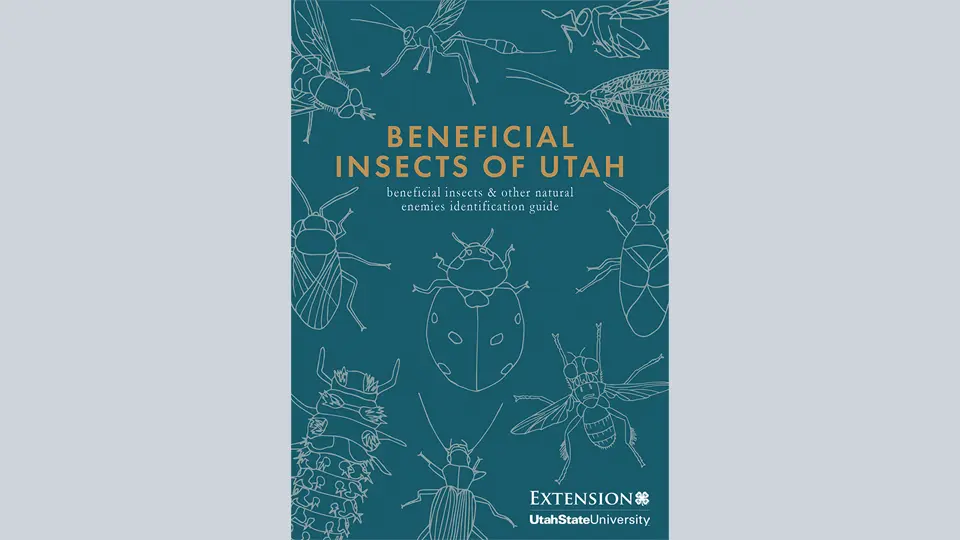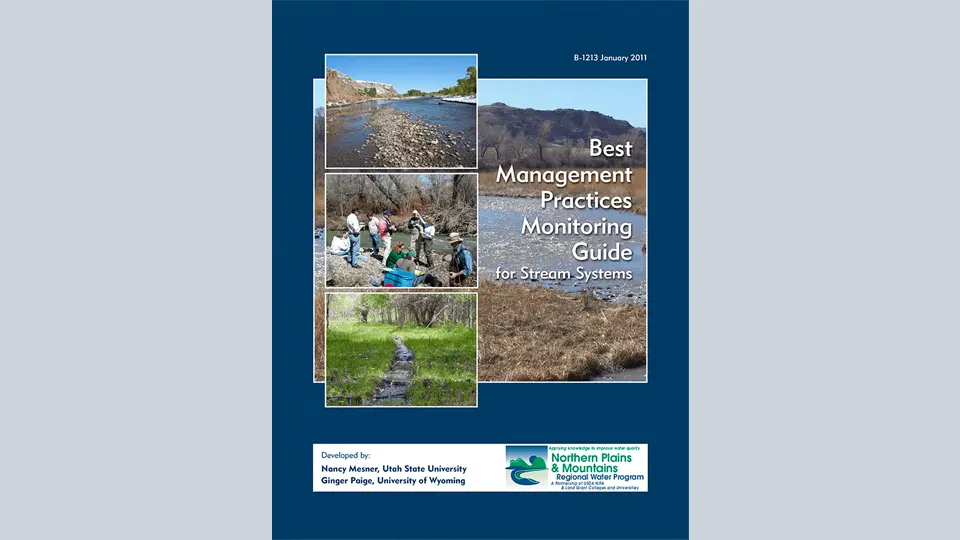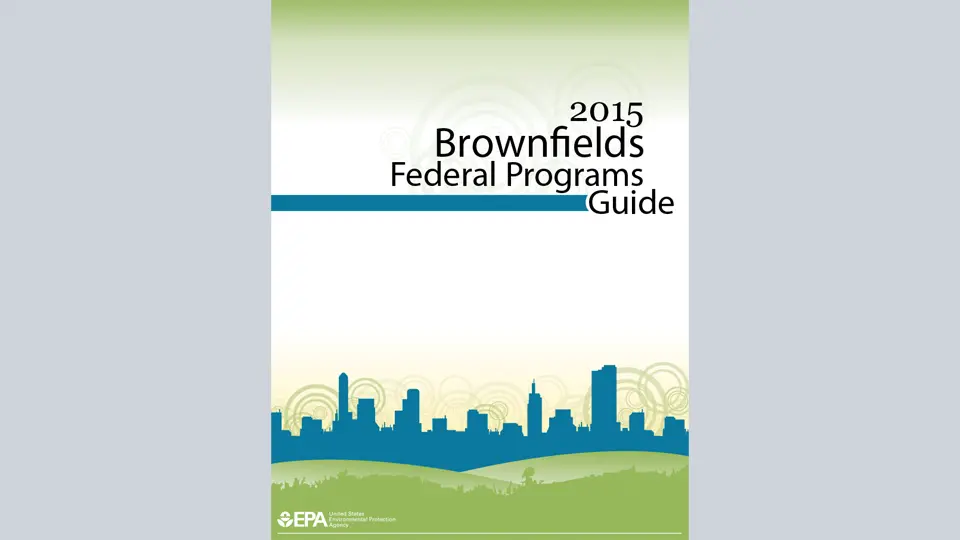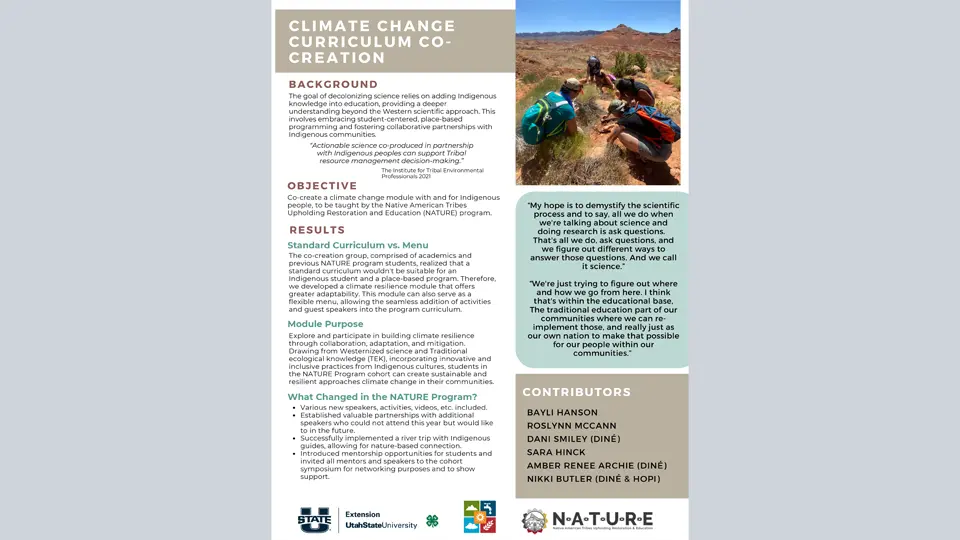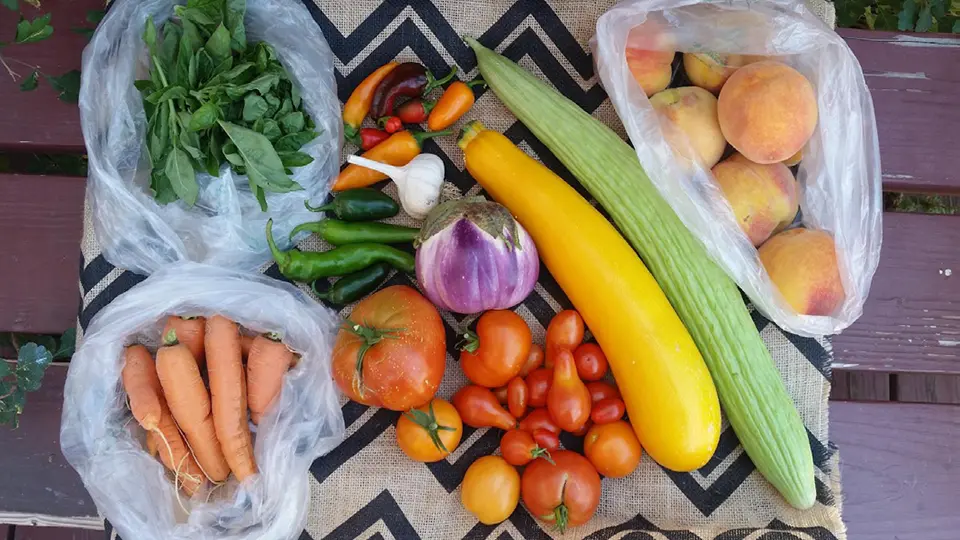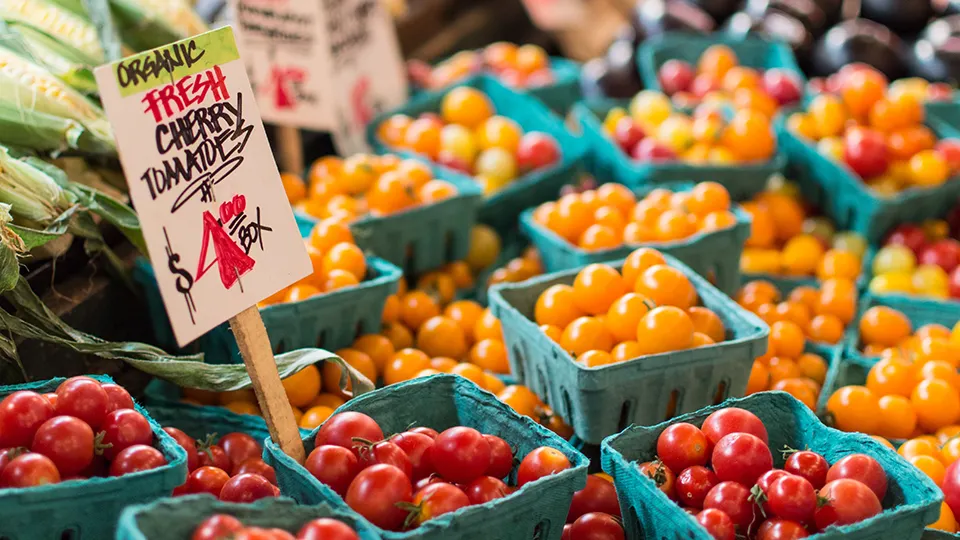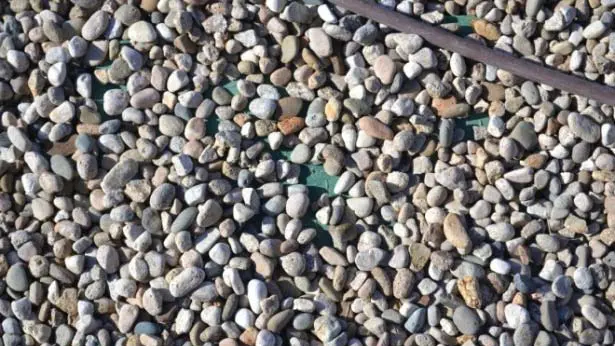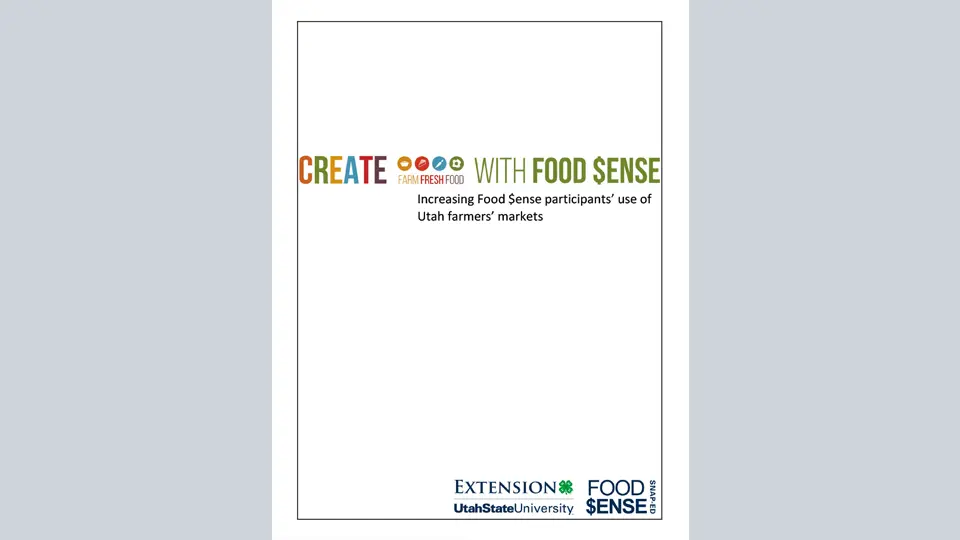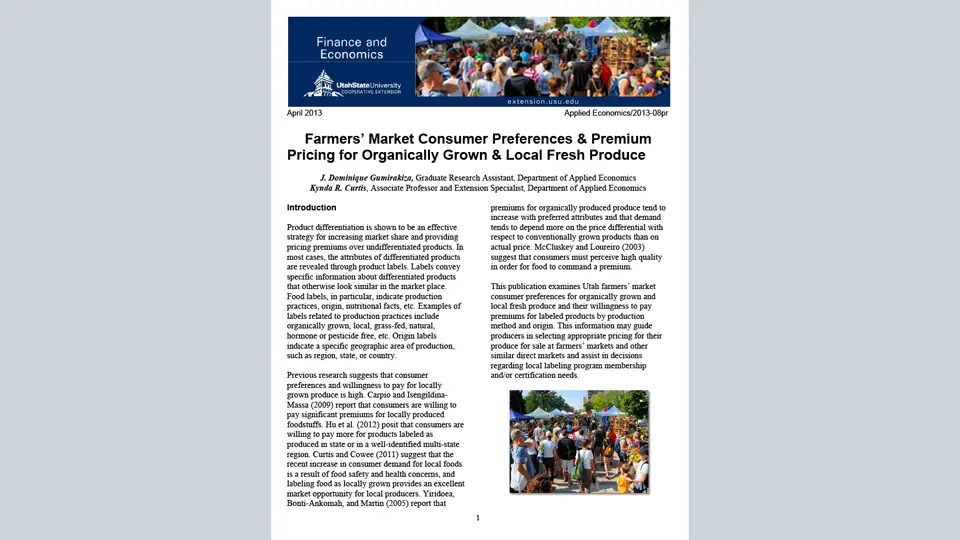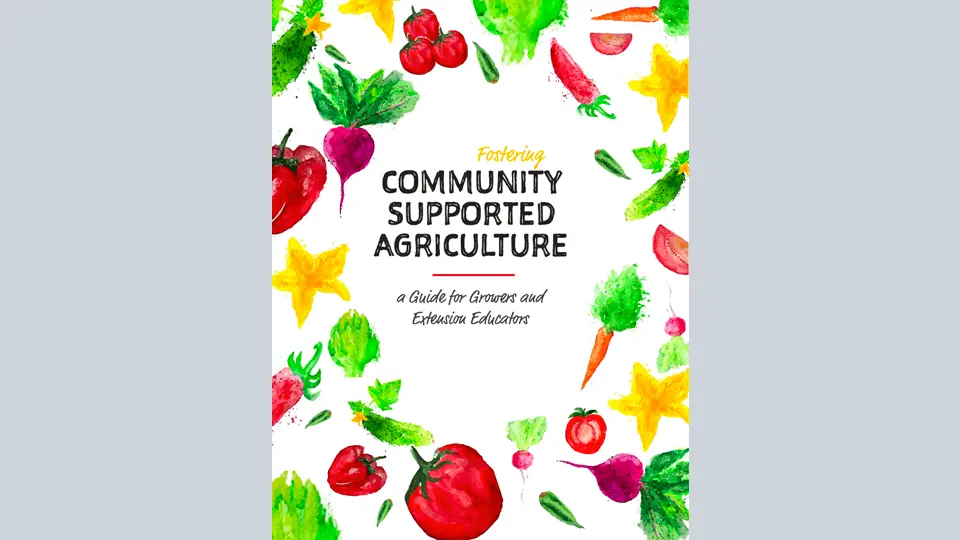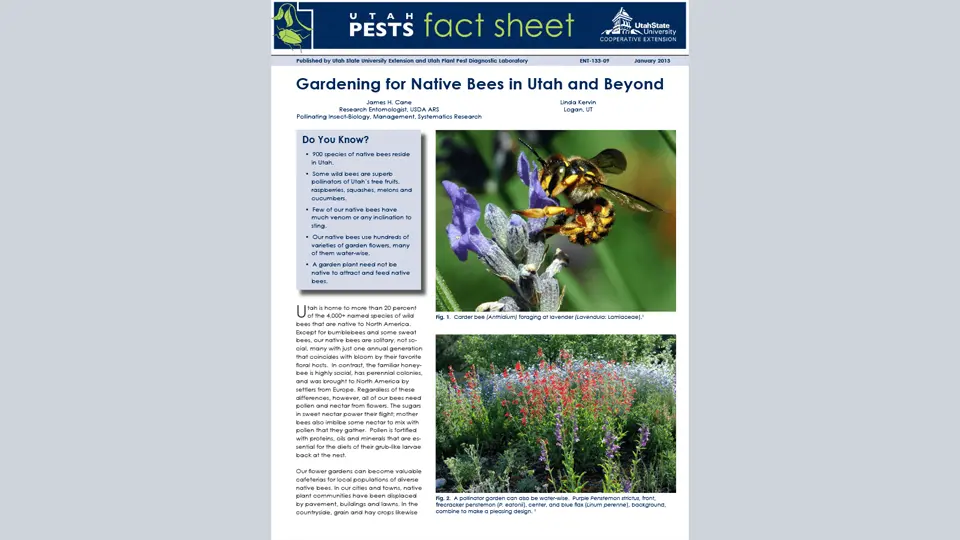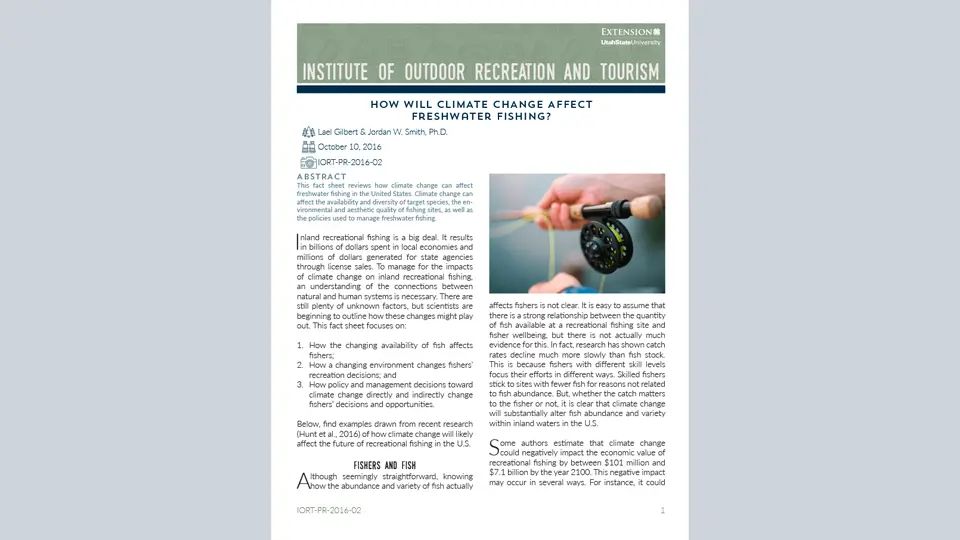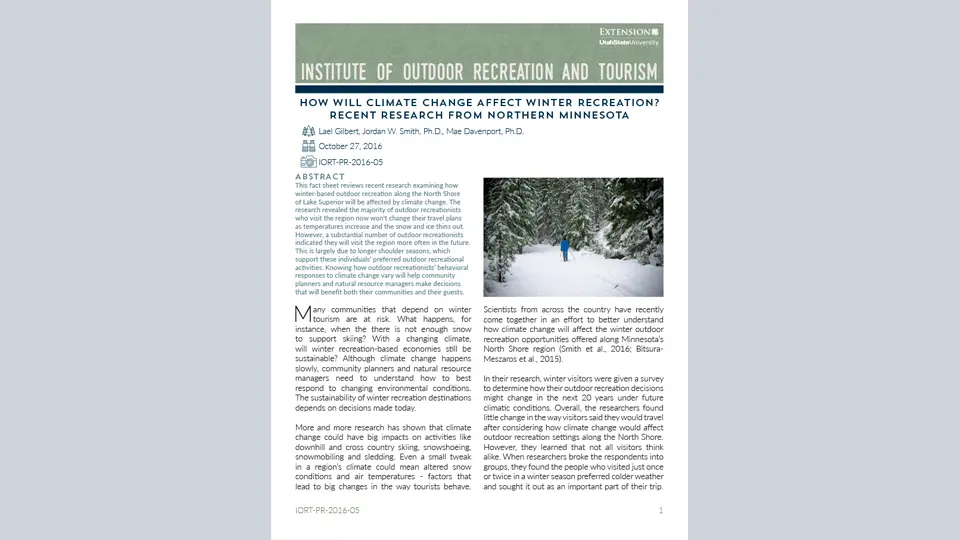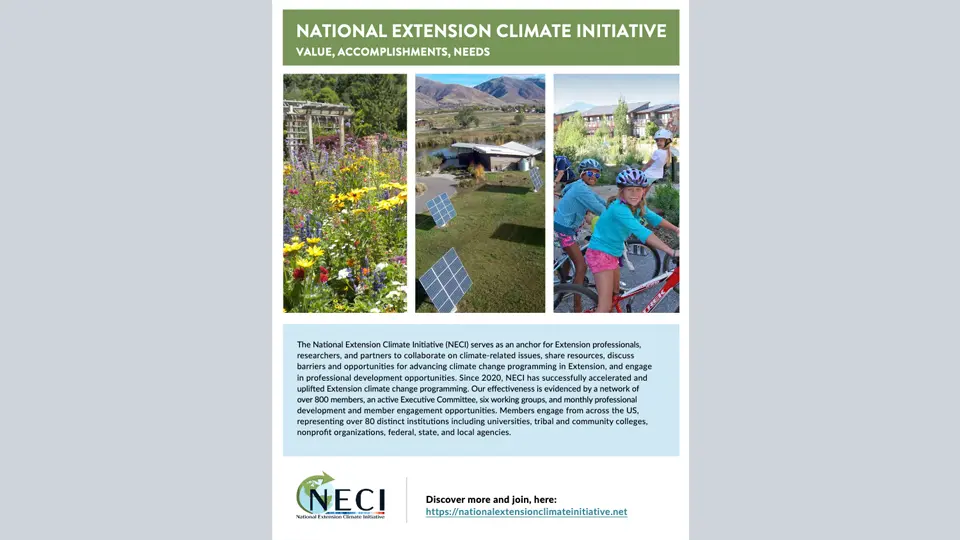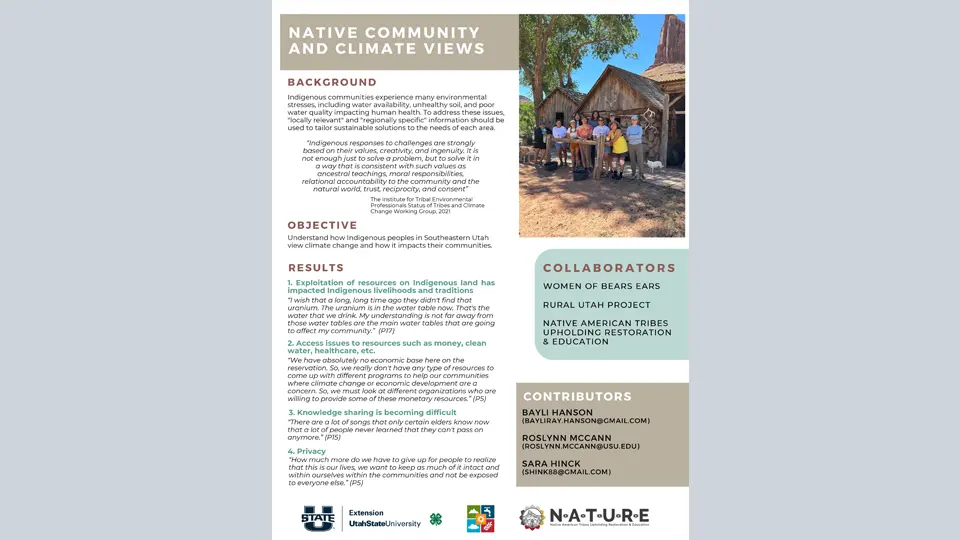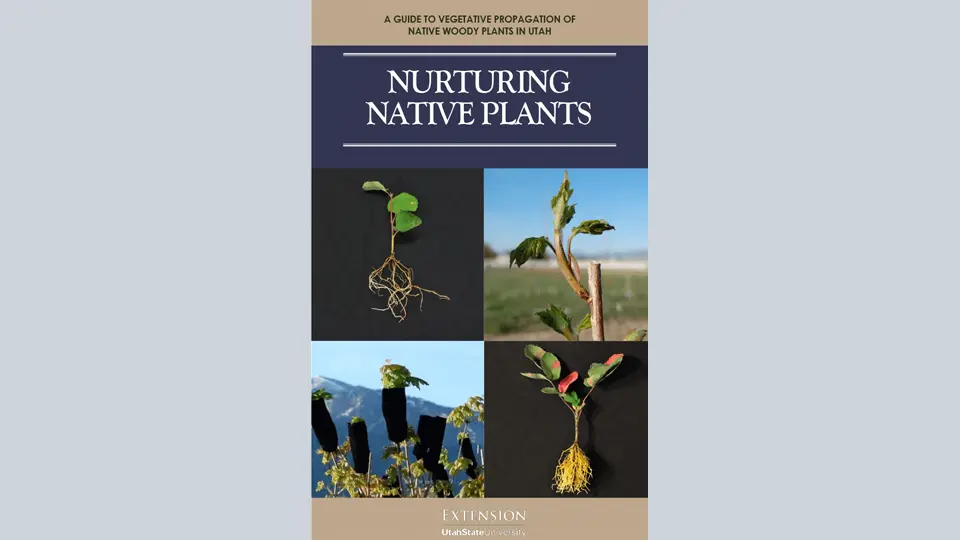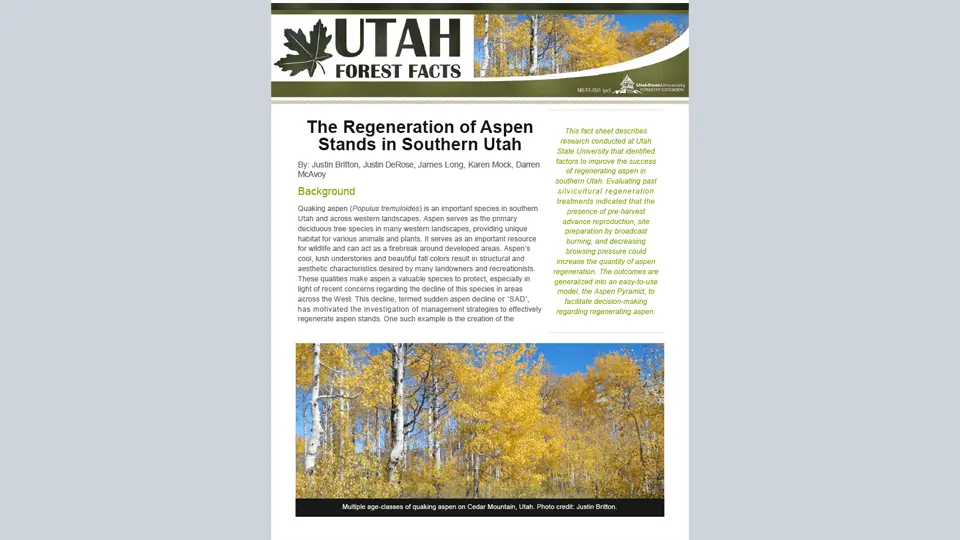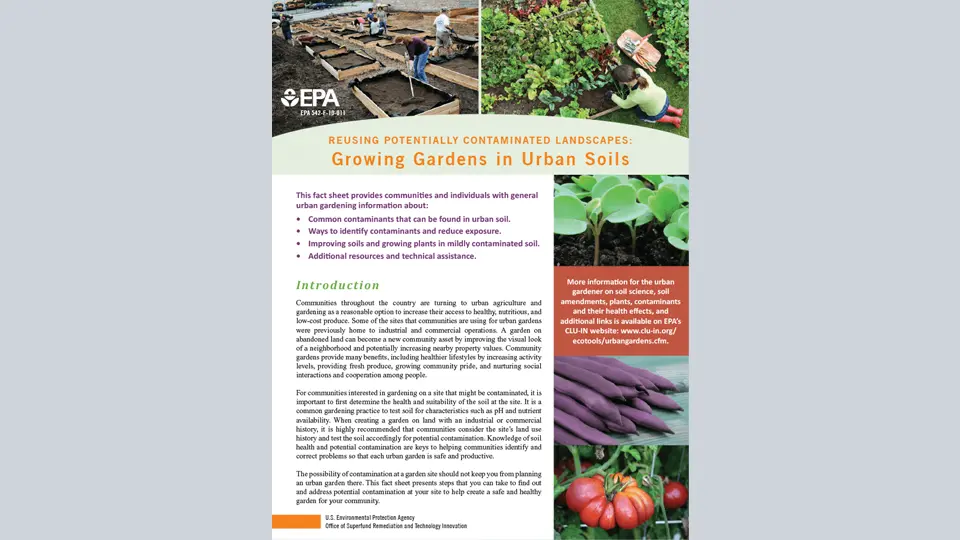Recycling in Utah: Paper

Introduction
This fact sheet is part of a series highlighting different recyclable commodities. According to dictionary.com, a commodity is as “an article of trade or commerce; something of use, advantage, or value; any unprocessed or partially processed good.” When a product is recycled, original commodity material becomes new products. The recyclable commodity fact sheet series is designed to answer common questions about what happens to items before, during, and after the recycling process, the economic and environmental impacts of recycling, and Utah connections to recycling. The goal of providing recycling related information is to help individuals and businesses make informed decisions about recycling. This fact sheet will focus on paper recycling.
Recycling Process
Paper recycling encompasses many different types of wood fiber, which make up many everyday materials. These materials are collected curbside or taken from drop off locations to be sorted. After sorting the materials by different grades or types, workers make large paper bales. Paper bales go to paper mills to become new paper materials for recirculation (Earth911.com, 2012, How Paper is Recycled). Once at a paper mill, added chemicals remove ink from those paper products containing ink. Washing removes chemicals from the de-inked paper and it goes into a large pulper; paper products that do not contain ink go straight to the pulper. A pulper is similar to a blender, where paper is ground to its original fiber form after adding water. From there, a screening process filters contaminants out of the pulp. Further cleaning occurs to take out any adhesives or chemicals used in previous milling operations. Paper can be made directly from recycled pulp, but it is typically combined with “virgin,” or new, pulp to maintain quality standards, such as smoothness and glossiness. Different types of pulp mixture make many different materials, papers, and containers (Earth911.com, 2012, Video).
Types of Paper
| Grades | Description |
|---|---|
| Old Corrugated Containers (OCC) | Corrugated cardboard boxes used in moving or shipping |
| Mixed Paper | Phonebooks, magazines, mail, pamphlets, and colored paper |
| Old Newspapers (ONP) | Old newspapers |
| High Grade Deinked Paper | Copy paper, letterhead, and envelopes |
Finished Products
The following pictures show items made from recycled paper.
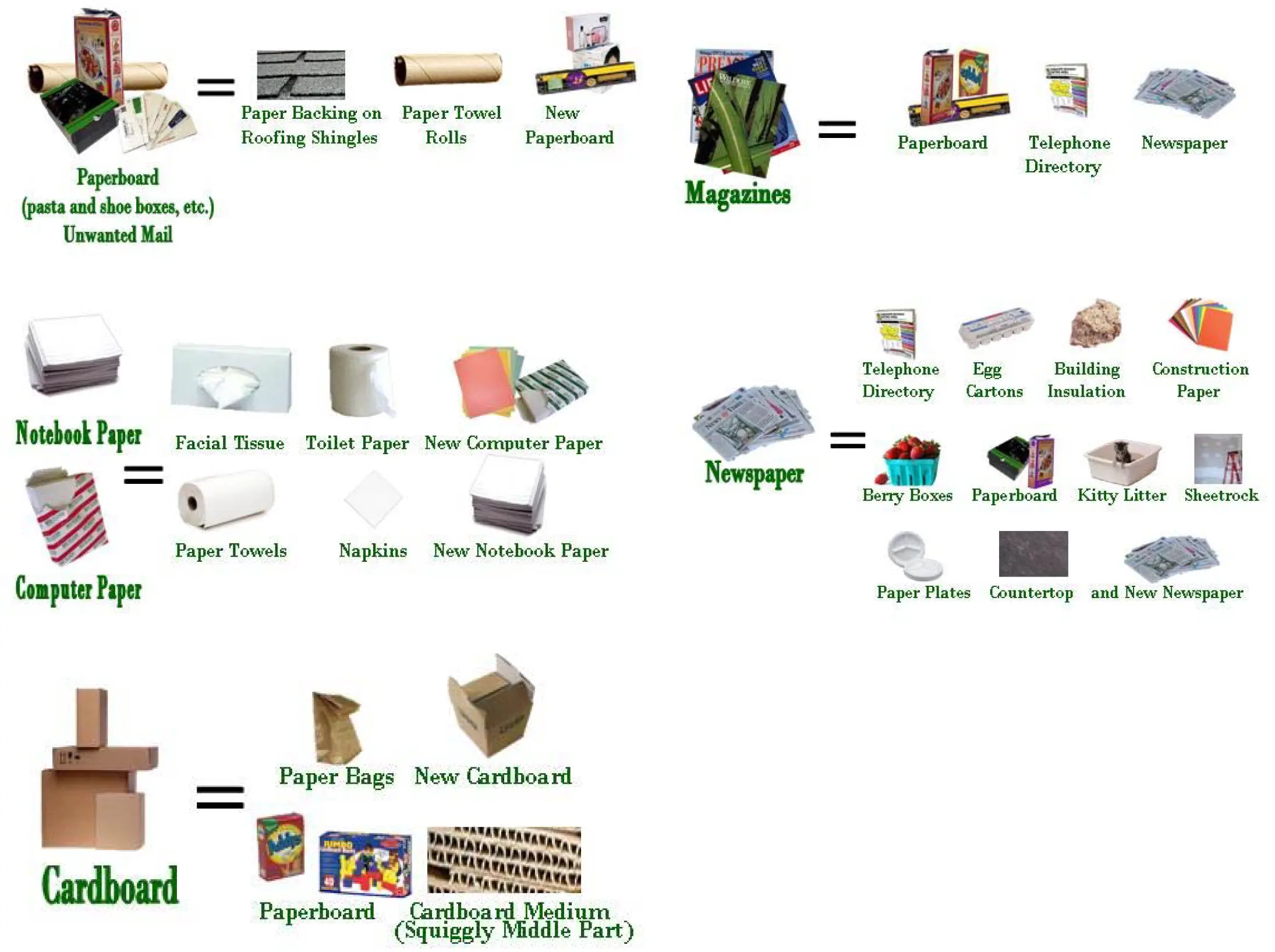
Economic Impacts of Paper Recycling
From 1997-1999, the Environmental Protection Agency and the National Recycling Coalition collaborated with nearly 20 states/agencies to assess the impact of recycling efforts on a national economic level. The National Recycling Coalition published results of the US Recycling Economic Information (REI) Study in 2001. The REI study reported that 150,000 jobs were associated with manufacturing and processing of recycled paper and paper mills are one of four manufacturing industries that make up over half of the economic activity happening in the recycling industry (Beck, 2001).
Despite economic shifts since 2001, current municipal waste reports show that recovery rate trends are holding steady or increasing for all commodity groups, including paper (United States Environmental Protection Agency Office of Solid Waste, 2011). Strong and increasing recovery rate trends alone would suggest that the economic impacts related to paper recycling efforts are holding steady as well, despite the lack of current research.
Environmental Impacts of Paper Recycling
According to the American Forest & Paper Association (2012), the recovery rate of all paper and paperboard consumed in 2011 was over 66%. A recovery rate of 66% means that consumers and businesses recycled two-thirds of paper products − boxes, newspapers, office paper, etc.− instead of sending it to the landfill. Paper recovery rates far surpass the recovery rates of other commodities.
The Environmental Protection Agency (2010) reported that, in 2009, recovery rates for other materials (glass, plastic, metals) ranged from 7% to 35% nationwide.
The process to make new paper requires significant use of land, trees, water, and power. Using recycled paper, where possible, lessens environmental impacts along the entire production stream from the harvesting of wood products to manufacturing of new paper products to space needed in a landfill for disposed paper. Every ton of paper recycled saves 17 trees (Recycling Coalition of Utah, date unknown), more than 3.3 cubic yards of landfill space (American Forest & Paper Association, 2012), and the energy equivalent of 165 gallons of gasoline (United States Environmental Protection Agency Office of Solid Waste and Emergency Response, 2010).
Utah Connections to Paper Recycling and Manufacturing
(**Note: The following information regarding paper recycling and manufacturing in Utah is not a comprehensive list or endorsement of any particular business. Local city/county officials will have information for residents and businesses wishing to become aware of nearby efforts.)
Longview Fibre Paper and packaging, Inc., in Spanish Fork, Utah, is a converting manufacturing facility, which takes paper from its mill in Longview, Washington, and makes paper bags, mainly used in food packaging in fast food restaurants. A majority of the brown paper bags at McDonald’s restaurants in Utah come from Longview Fibre.
Mountain Fiber Insulation, Inc., in Hyrum, Utah, takes newspaper and converts it to a fibrous form for insulation. The company treats the insulation with flame-retardants before use in new home construction or home remodeling (Mountain Fiber Insulation, Inc., 2009).
GreenFiber in Salt Lake City also produces insulation for building applications. All of the insulation produced by GreenFiber is made from 85% recycled paper fibers. The Salt Lake City facility boasts the largest community-based recycling program within GreenFiber (GreenFiber, 2009).
Conclusion
Paper products are a large part of everyday living from the morning paper to the mail to food packaging. Paper recycling and manufacturing are a vital part of the economy in Utah and across the United States and recycling efforts made by individuals and businesses are making a difference both in the economy and in the environment. In the end, the circle continues as recycled products return to consumers by way of the morning paper, the mail, or the fast food bag in a process that benefits all involved.
Sources
- American Forest & Paper Association. 2012. Paper and Paperboard Recovery. Retrieved from: http://www.paperrecycles.org/index.html
- Beck, R. W. 2001. Executive Summary: U.S. Recycling Economic Information Study. Retrieved from: http://www.epa.gov/wastes/conserve/tools/rmd/rei-rw/pdf/exe-sum.pdf
- Definition of “commodity” found at http://www.dictionary.com
- Earth911.com. 2012. How is Paper Recycled. Retrieved from: http://earth911.com/recycling/paper/how-ispaper-recycled/
- Earth911.com. 2012. Video: How Paper Gets Recycled. Retrieved from: http://earth911.com/recycling/paper/video-howpaper-gets-recycled/
- GreenFiber. 2009. Retrieved from: http://www.greenfiber.com/
- Longview Fibre. 2010. Retrieved from: http://longviewfibre.com
- Maine State Planning Office. 2006. What do your recyclables become? Retrieved from: http://www.maine.gov/spo/recycle/residents/whatrecyclablesbecome.htm#newspaper
- Mountain Fiber Insulation, Inc. 2009. Retrieved from: http://www.mtfiberinsulation.com/
- The Recycling Coalition of Utah. Date unknown. Facts about recycled paper. Retrieved from: https://utahrecycles.org/get-the-facts/the-factspaper/
- United States Environmental Protection Agency Office of Solid Waste. 2011. Paper grades and collection. Retrieved from: http://www.epa.gov/wastes/conserve/materials/paper/basics/grade.htm
- United States Environmental Protection Agency Office of Solid Waste. 2010. Municipal solid waste in the United States 2009 facts and figures. (EPA530-R-10-012). Retrieved from: http://www.epa.gov/wastes/nonhaz/municipal/pubs/msw2009rpt.pdf
- United States Environmental Protection Agency Office of Solid Waste and Emergency Response. 2010. Municipal solid waste generation, recycling, and disposal in the United States: Facts and figures for 2009. (EPA-530-F-010-012). Retrieved from: http://www.epa.gov/osw/nonhaz/municipal/pubs/msw2009-fs.pdf
January 2013
Utah State University Extension
Peer-reviewed fact sheet
Authors
Rebecca Mills, M. Ag., Extension Assistant Professor, and
Craig Pearson, Student Intern, Brigham Young University
Related Research


